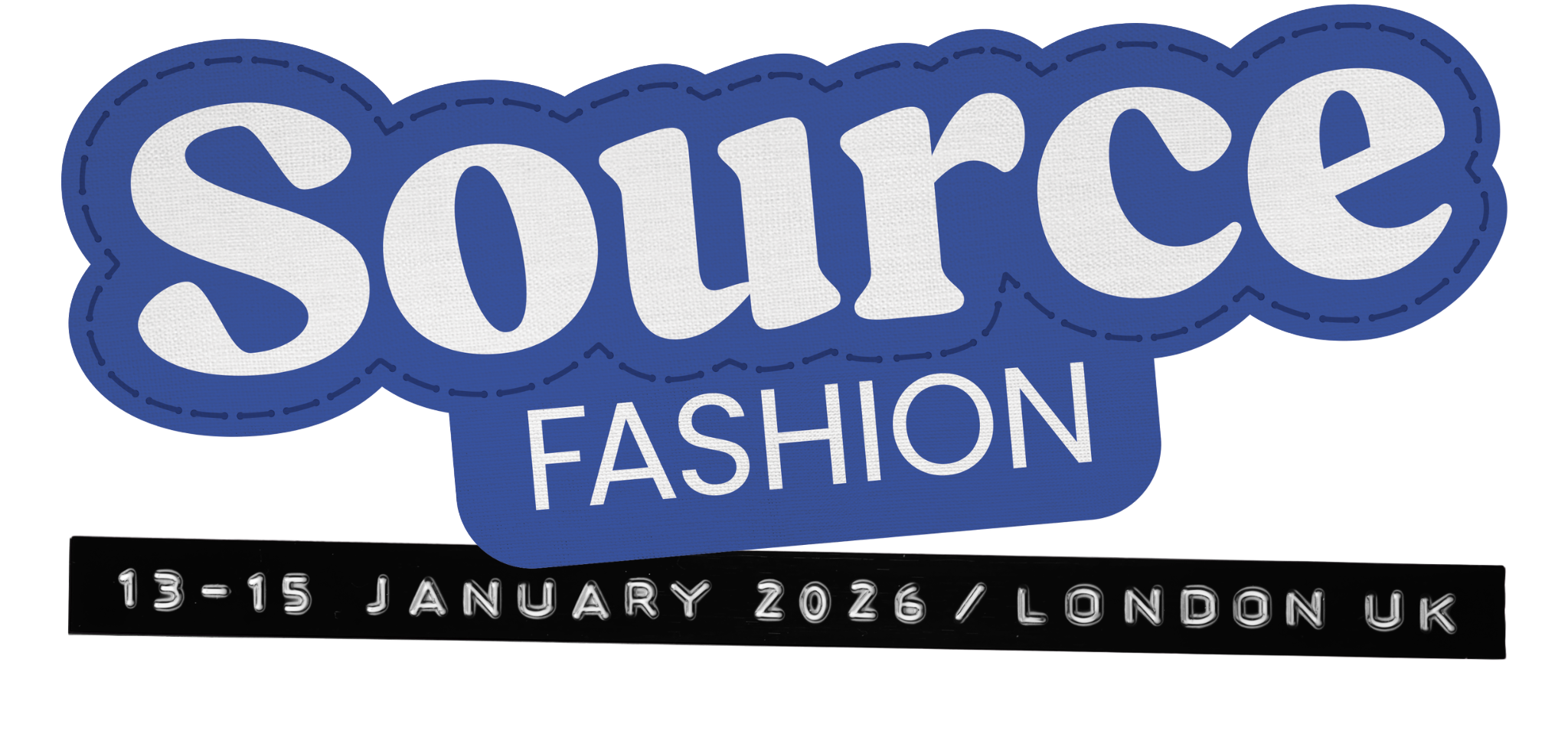Is segmentation a barrier to conscious consumption?
)
Founded in Paris in 2014, Back Market has quietly grown to become the world's largest pure-play premium refurbished tech marketplace. But its move into physical retail is a significant moment – as a marketing statement for conscious consumption, if nothing else.
Because if retail wants customers to take second-hand and resale seriously, then it needs to do the same.
Resale shouldn’t be segmented
You could say that retail resale has never been more visible online thanks to the likes of eBay, Vinted and Depop. And in many countries, thrift and charity shops have been part of the local high street make-up for countless years.
But this resale side still seems to be segmented away from the wider retail world. It’s got its own dedicated stores, marketplaces, operators, or corner within a store, rather than being meaningfully integrated.
And this separation has an impact on the buying decisions consumers make.
They need to see more sustainable, circular, options on the same shopping streets, on the same online platforms and in the same stores as new products. Just as Back Market is doing by putting its store into a main retail shopping thoroughfare.
Otherwise, you’re not asking customers to just make a product driven journey – ‘I want a new phone’ or ‘I need new jeans’ – you’re also asking them to decide on a pathway to completing that journey before they start – second-hand or new.
This scuppers the chance for retailers to sell second-hand and circular options to consumers who would be happy to buy them but wouldn’t necessarily think to go to a dedicated resale platform.
And nowhere demonstrates this better than Sweden – a market that is speeding ahead in mixing second-hand and new retail.
Presentation matters
There are a few common reasons for this.
First is that resale doesn’t feel like a fad in Sweden because retailers are giving equal weighting to new and old.
The second is the way that the stores merchandise and present second-hand stock.
Arkivet is advertised as a modern second-hand store, and this comes through from the minute you walk into one of its spaces. It’s not obviously a second-hand store – the product looks new and is merchandised in the same way that a premium fashion retailer would.
The store looks and acts like a fashion store, which removes any stigma or bias towards second-hand shopping.
If resale is to become a mass market shopping habit, then retailers have to apply mass market strategies to it. The design and feel of these spaces supports the messaging that second-hand is as good as new.
Taking resale seriously
What’s also common in Sweden is the blending of second-hand stock with new within the same space – while maintaining that same standard of store environment.
APLACE demonstrates this perfectly, mixing resale items with new, as well as placing a dedicated resale space right next to the new ranges.
Nudie Jeans’ flagship also pays the same attention to pre-owned and sample items as it does to new stock.
Likewise, premium menswear brand Oscar Jacobson’s concept space mixes clothing for rental, pre-owned items, and custom suit services without delineation between new and old.
This approach continues to push that message that resale is taken seriously by these retailers. It’s not tucked away or kept separate from the new products – it’s front and centre.
And this means there’s a much higher chance of interesting a customer in resale who wasn’t previously considering it.
Retraining consumers
Around the world, more and more consumers are aware of the impact that their purchasing choices have on the environment. This doesn’t mean they’re all making perfect, sustainable buying choices now, but that awareness means that they’re - at a minimum - open to making better buying decisions.
And in Sweden, retailers are helping this shift by training consumers to think and shop differently through stores that aren’t segmented into second-hand and new but are reassuringly normal.
These retailers are applying proven retail tactics to resale, which makes it more attractive to shoppers – whether they’re actively looking to buy sustainably or people who wouldn’t normally buy second-hand.
Because why shouldn’t resale look and feel like shopping in any other store? Why shouldn’t the stores be located next to big name chains in city centres?
Once you start shedding the segmented approach to buying better and start making it part of the core offering, you retrain customers’ behaviours. And if you can do that then conscious consumption actually becomes an unconscious thing that just happens as part of their normal buying journeys.

